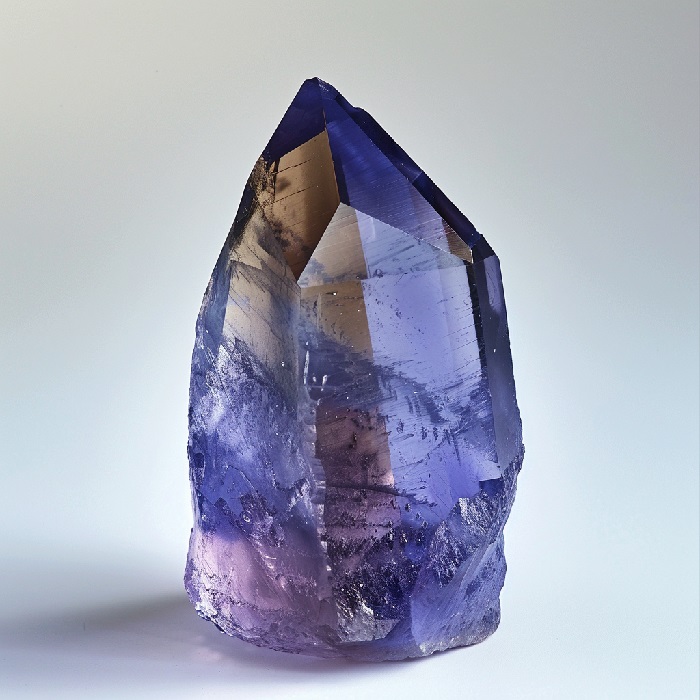Tanzanite Mining
TANZANITE:
Tanzanite is an astonishing gemstone known for its trichroic nature, displaying violet, blue, and brown hues depending on the viewing axis. It is found in only one place worldwide. Its blue color, tinged with a subtle hint of purple, is particularly magnificent. Tanzanite was discovered in 1967. The gemstone is believed to have very little tolerance for ultrasonic cleaning and should not be subjected to this cleaning method.
WHERE DOES IT FORM?
The formation of tanzanite requires a unique combination of geological conditions.
MINING AND PROCESSING:
Locating the Boudins:
Tanzanite is extracted from pegmatite veins that have undergone considerable stress, fracturing into small segments known as boudins. These segments contain pockets where the gems are found. The primary objective of Tanzanite mining is to locate these pockets. However, not every pocket yields the gem; some may contain minerals like fool's gold, pyrite, and quartz.
Preparation with Explosives:
Initially, Tanzanite was gathered from surface deposits, but as mining intensified, pits and now tunnels reaching depths of approximately 1000 meters below the surface have become commonplace. Explosives such as dynamite are employed to break the rocks into manageable pieces during the extraction process.
Detonation:
Upon setting off the explosives, loud noises and ground tremors resonate throughout the mining area. The detonation creates a significant boom that can be heard and felt over considerable distances. Following this process, oxygen pipes are typically installed in the mines to facilitate air circulation. These pipes exchange CO2 for fresh O2.
Sorting and Processing:
The subsequent step involves separating the Tanzanite gemstones from the raw ore.
COMPOSITION:
- Variety of: Zoisite, Ca2Al3 (SiO4)3(OH), Calcium Aluminum Silicate Hydroxide.
- Cleavage: perfect in one direction
- Crystal system: orthorhombic
- Index of refraction: 1.68 - 1.72
- Birefringence: is good
- Hardness: 6.5-7
PHYSICAL PROPERTIES :
Cut:
It is significant not only for enhancing its brightness but also to determine which color component—blue or violet—will stand out, as verified by a skilled cutter.
Clarity:
Clarity is a crucial aspect for tanzanite, known for its minimal inclusions. Cleavage is considered to be good, but being a soft stone, internal fractures can be delicate. However, natural inclusions are a sign of authenticity, distinguishing tanzanite from glass or other synthetic stones.
Color:
The color of tanzanite is one of its most important attributes contributing to its immense popularity. While bluish violet is the most common hue, the intensity of blue or violet varies with the stone's size.
Carat:
Blue tanzanites, which are quite rare, are typically found in larger stones weighing over 10 carats. Smaller stones in this category, ranging from 1 to 3 carats, display a soft velvety tone. Another unique feature of tanzanite is its color change in different lighting conditions.
NATURAL OCCURRENCE:
Tanzania
Tanzanite is exclusively found in the Merelani Hills in the Manyara Region of northern Tanzania. These mines are the only known source of Tanzanite in the world, making it a rare and precious gemstone.
AVAILABLE COLORS:
Blue, violet.
















